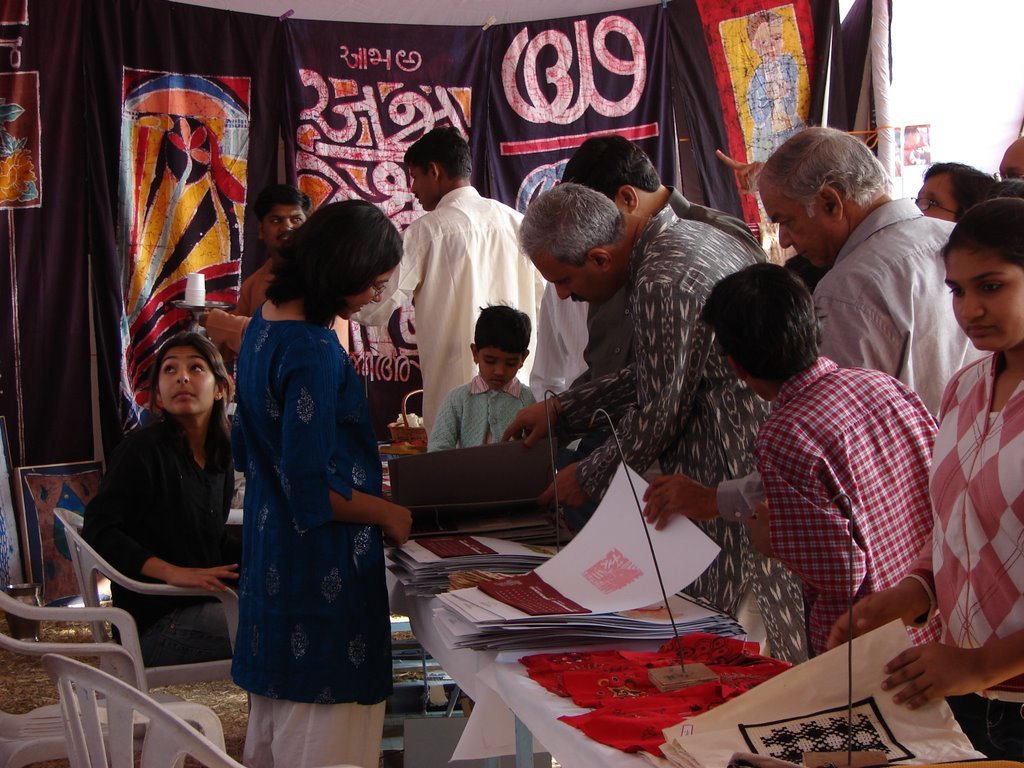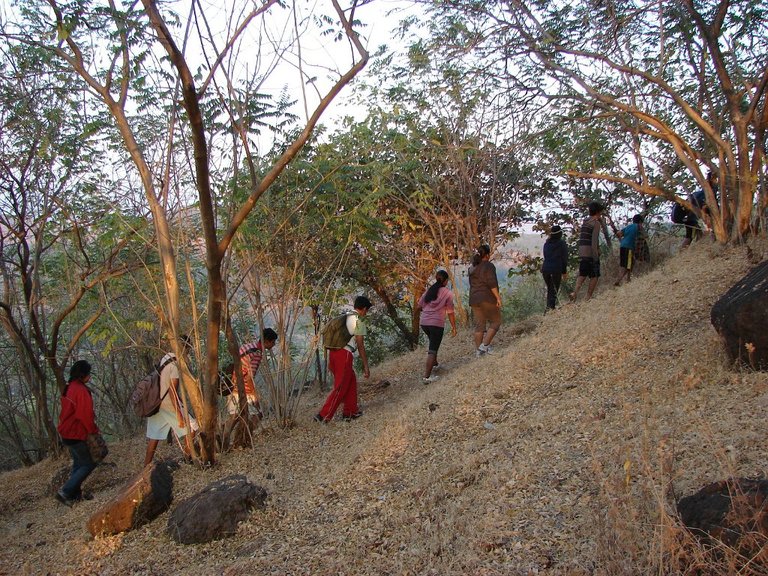This is the second part of a two-part essay on casteism in Krishnamurti schools. Read first part here.

The predominant image of the Krishnamurti schools for those who might have heard about them is of a space where students run about barefoot, climb trees, have no examinations or uniforms and are in the lap of absolute freedom. While basking in the partial truths of this altogether exaggerated image, we never asked ourselves sufficiently who we were, which of us owned this freedom unconditionally and for whom it was granted as a tokenistic act of grace.
An alumnus & teacher from these schools told me that dalit-bahujan students or those from working-class backgrounds are so few and far between that teachers work as hard as they can to gloss over the differences of realities between them and the elite majority. Ultimately when these students do realise that their realities are vastly different, they are taken upon as a project of the school — “What can we do to help her/him overcome this problem.” As if a student’s caste or economic background and the discrimination they faced in an elite ecosystem could be “overcome” with special attention. In essence, the efforts are not directed towards creating a radical classroom space with an anti-caste spirit, but to “help” the child integrate her/himself as successfully as possible with the dominant culture.
What one sees typically is a school populated to a large extent by elite students and this translates in several ways.
It is important for me to also bring up here that the fee at the Krishnamurti schools in India ranges from at par with typical urban-elite private schools, to exorbitant elite-boarding-school fees making it unaffordable to the majority of students except those who come from extremely upper-class backgrounds. In saying this, the schools state at the outset that they will provide unconditional financial support to students who are unable to pay. However, what one sees typically is a school populated to a large extent by elite students and this translates in several ways — bullying based on the clothes and shoes worn, the homes one is invited/not invited to, the pop-culture references made, assertions of superiority based on access to social/intellectual capital and the like, beginning very early on.
The dominant culture of elitism despite the schools’ statement to support students financially is not surprising — a statement of this kind made with no proactive steps to include students from caste/class oppressed backgrounds is flimsy at best. Why do the schools not, for instance, actively choose to reserve a substantial portion of seats for students from caste/class oppressed backgrounds? Why is a conscious effort to employ bahujan teachers not made? Why has the conception of a Krishnamurti education as transformative taken on a so-called “metaphysical” meaning to the extent that we seem to view it as divested from material realities of the spaces they create.

“Buffalo Intellectual”, a very important Ambedkarite intellectual and voice of our times, points out that the education systems that are perceived as most “modern” also turn out to be the most casteist because by definition, they evade structural measures like reservation, diversity hiring, and the like. While these systems are perceived as casteless, they are, he says, by default upper-caste. “When you say “this classroom is casteless”, it is a very upper-caste classroom. It is SO upper-caste that you aren’t seeing caste here. If there was even a little bahujan-assertion, you would say that I am bringing caste into this classroom. No, caste is already here.”⁴
While “Buffalo Intellectual” speaks as a university educator himself, the structures are recreated in school contexts as well — a deep-seated anxiety around bahujan assertion and solidarity in the schools among the savarna teachers, management and parents is masked as non-seeing of caste as an issue. If such a space of assertion intersected with what I think a Krishnamurti education could be, the immediate challenges and “threats” would be to the practices and dominant attitudes of the individual savarna students and teachers that have been passé and even celebrated thus far.

I speak in this from the position I occupied within the school as a privileged, savarna student. What disturbs me now is how these practices and processes co-existed quite seamlessly with the more discursive, questioning and critical processes of education that were also being attempted. A wholesome education that Krishnamurti spoke about is concerned primarily with examining contradiction — within oneself, in relationship and in the larger workings of society. And yet, this repugnant contradiction was not apparent to me because of the dominant sense of wellness and love within which the murkiness existed. I write, still, from an inevitable affection for the place and a deep belief in the possibilities for this kind of education. The feeling for this kind of affection is, I think, coloured differently now — it is much too easy to make me and predominantly brahmin-savarna students like me who inhabit the Krishnamurti schools feel loved, equal and safe in the school-space while perpetuating a much quieter form of casteism that is damaging to dalit-bahujan students and also enculturing the minds of savarna students to walk out into the world with a self-styled smugness and infallibility about ourselves.
“What underbelly, it’s the whole belly that is casteist no.”
I told a friend, who is a former schoolmate, that I was titling this piece The Casteist “Underbelly” at which she let out a laugh and said, “What underbelly, it’s the whole belly that is casteist no.” and I think there is deep truth to that. What appears to me still as an underbelly above which lies the possibility for education and transformation, is the all-encompassing truth of brahmanism that forms the entire experience of several students at the Krishnamurti schools.
References
⁴”With Buffalo Intellectual”, Manukrati Podcasts, Spotify, May 22
Rajghat Besant School, General Information and Guidelines
The School KFI, Diary and Handbook
Websites of all six Krishnamurti schools in India & Krishnamurti-inspired schools.
2. While a few of the specific details are based on experiences at The School KFI, Chennai, the piece has taken into account anecdotes and experiences shared by alumni and ex-teachers from other KFI Schools in India as well as alternative schools inspired by Krishnamurti’s work. Besides this, the resources and information provided by the websites and handbooks of all the Krishnamurti Schools have contributed to the observations.




